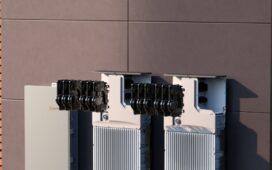In contemporary homes, drains have a means of continuing to be harmless. Unless the toilet’s overrunning or the bath spigot is filling up the tub with blood, plumbing professionals, as well as exorcists aren’t generally on our minds. Many thanks to the straightforward push of a lever, waste continues to be unseen, as well as out of mind. Not in this article. We’re going to your backyard, to the greenest patch of yard, to dive headlong into your septic tank.
If you are looking for Septic Tank Emptying Norfolk, please follow the link.
About one-third of the population has a septic tank dealing with the waste in their residences. Deliberately, these systems are rather basic. All drain pipes in the residence assemble into a single pipe that leads to the sewage-disposal tank buried outside. When the wastewater from your commode, sinks, shower, as well as cleaning machine, leave your residence, it’s incorporated. When it strikes the septic system; however, it starts to separate. The heaviest particle matter in the waste, called sludge, sinks to the bottom. At the top of the storage tank, oils, fats, and proteins create the drifting residue layer. In the middle is the comparatively clear liquid layer called effluent or greywater. Integrated, these components are called septage.
Septic systems are designed to make sure that only the effluent is discharged from the container into the drainpipe area, also called the leach field. This is simply a collection of pipelines with openings pierced right into them that launch the effluent below ground, but over the water level. The effluent deteriorates sufficiently to be well-filtered by excellent dirt. There’s plenty of natural material left in the effluent, though, which works as plant food. This is why the drain field usually boasts the healthiest section of the backyard over it.
Simple as their style might be, septic systems require the house owner to check them before problems emerge. Usually, as soon as a problem becomes noticeable, it’s too late for any kind of straightforward solution. Repairing huge septic troubles usually needs countless bucks well worth of parts, as well as labour. Luckily, a little upkeep can go a long method in staying clear of issues.







